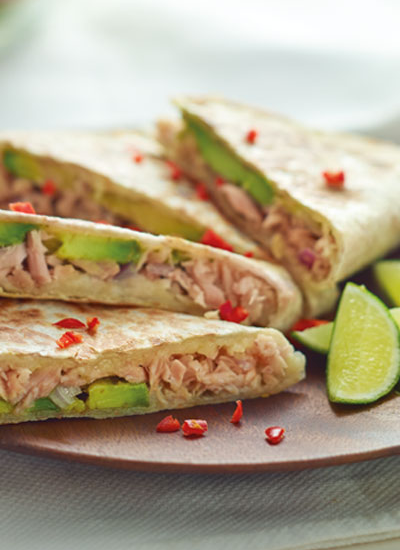 THE BEST NATURAL SOURCE OF MCFA (MCT)
THE BEST NATURAL SOURCE OF MCFA (MCT)
Extracts from the book "FOOD FOR THE BRAIN, by Prof. Shirasawa, PHD, MD, anti-aging specialist. ISBN 978-967-14205-0-8"
It is significant to know that coconut fat is mostly saturated medium-chain fatty acids (MCFAs), also called medium chain triglycerides (MCTs). MCFAs are notable for being easily digestible and have a greater solubility in water.
MCFAs are used to produce energy, not body fat and not arterial plague.
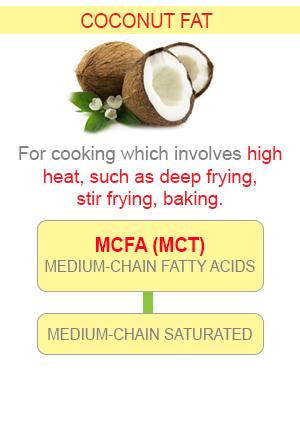 To understand what makes coconut fat most remarkable even with its traditionally miraculous history, is to understand its properties and how the body responds to it.
To understand what makes coconut fat most remarkable even with its traditionally miraculous history, is to understand its properties and how the body responds to it.
All fats and oils are composed of fat molecules known as fatty acids. There are two methods of classifying fatty acids. First is based on saturation, where you have saturated fats, monounsaturated fats and polyunsaturated fats.
The second method of classification is based on molecular size or the length of the carbon chain within the fatty acid. You have short-chain fatty acids (SCFAs), medium-chain fatty acids (MCFAs), and long-chain fatty acids (LCFAs). When three fatty acids are joined together by a glycol molecule you have a triglyceride. So you can also have short-chain triglycerides (SCTs), medium-chain triglycerides (MCTs), and long-chain triglycerides (LCTs). Sometimes people use the terms fatty acid and triglyceride interchangeably.
It is significant to know that coconut fat is mostly saturated medium-chain fatty acids (MCFAs),
also called medium chain triglycerides (MCTs).
MCFAs are notable for being easily digestible and have a greater solubility in water.
In comparison to the vast majority of other fats in our diet: soybean oil, corn oil, canola oil, olive oil and chicken fats, which are composed entirely of LCFAs. Some 98 to 100% of the fat you eat each day consists of LCFAs. This type of fat requires pancreatic digestive enzymes and bile for digestion. While the MCFAs in coconut fat can provide a quick and easy source of nutrition without taxing the enzyme systems of the body.
LCFAs are absorbed into the intestinal wall and combined with cholesterol and proteins to form triglyceride-rich lipoproteins called chylomicrons that are released into the bloodstream and are eventually transformed into low-density lipoproteins (LDL). LCFAs are circulated throughout the body as a component of lipoproteins.
In contrast, MCFAs are transported across the intestinal wall and into the portal vein where they are sent directly to the liver. In the liver, MCFAs are used to produce energy in the form of ketone bodies. Therefore, MCFAs bypass the lipoprotein stage in the intestinal wall and in the liver. They do not circulate in the bloodstream to the degree that other fats do. They are used to produce energy, not body fat and not arterial plaque.
MCFAs rapidly metabolised into energy in the liver. It is thought that unlike other saturated fats. The shortcuts that MCFAs take through our digestive system means that it is able to fight diseases, especially inflammatory conditions.
GOOD FATS FOR COOKING

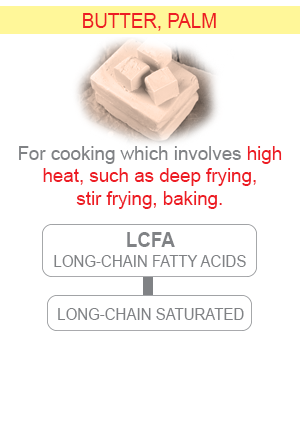
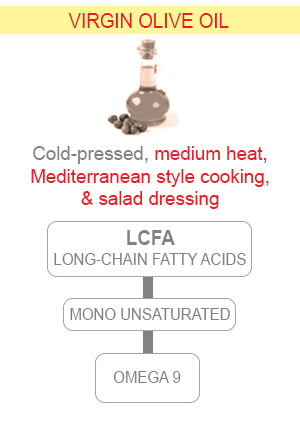
GOOD FATS FOR SUPPLEMENT
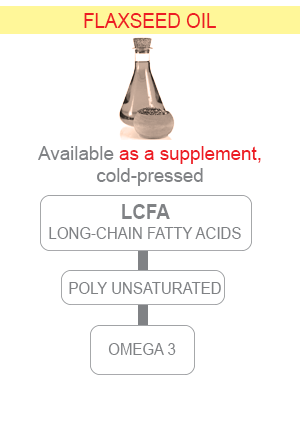
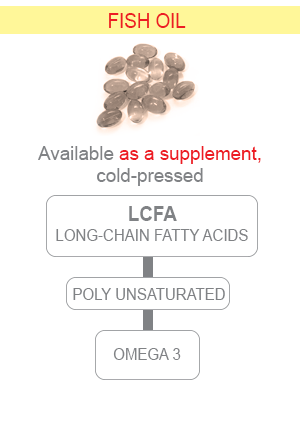
NEED TO REDUCE GREATLY
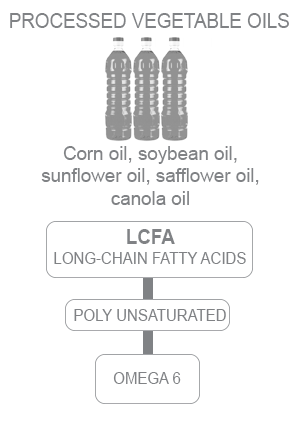
"All above text are direct quotes from Prof. Shirasawa book and they are presented here for information about the latest findings about coconut benefits. These information can not be seen as a recommendation to modify or alter a medical treatment. Like any other good food ingredient, coconut can bring benefits only within a proper balanced diet and regular physical exercises."
Reference: FOOD FOR THE BRAIN - PROF. SHIRASAWA’S READINGS










